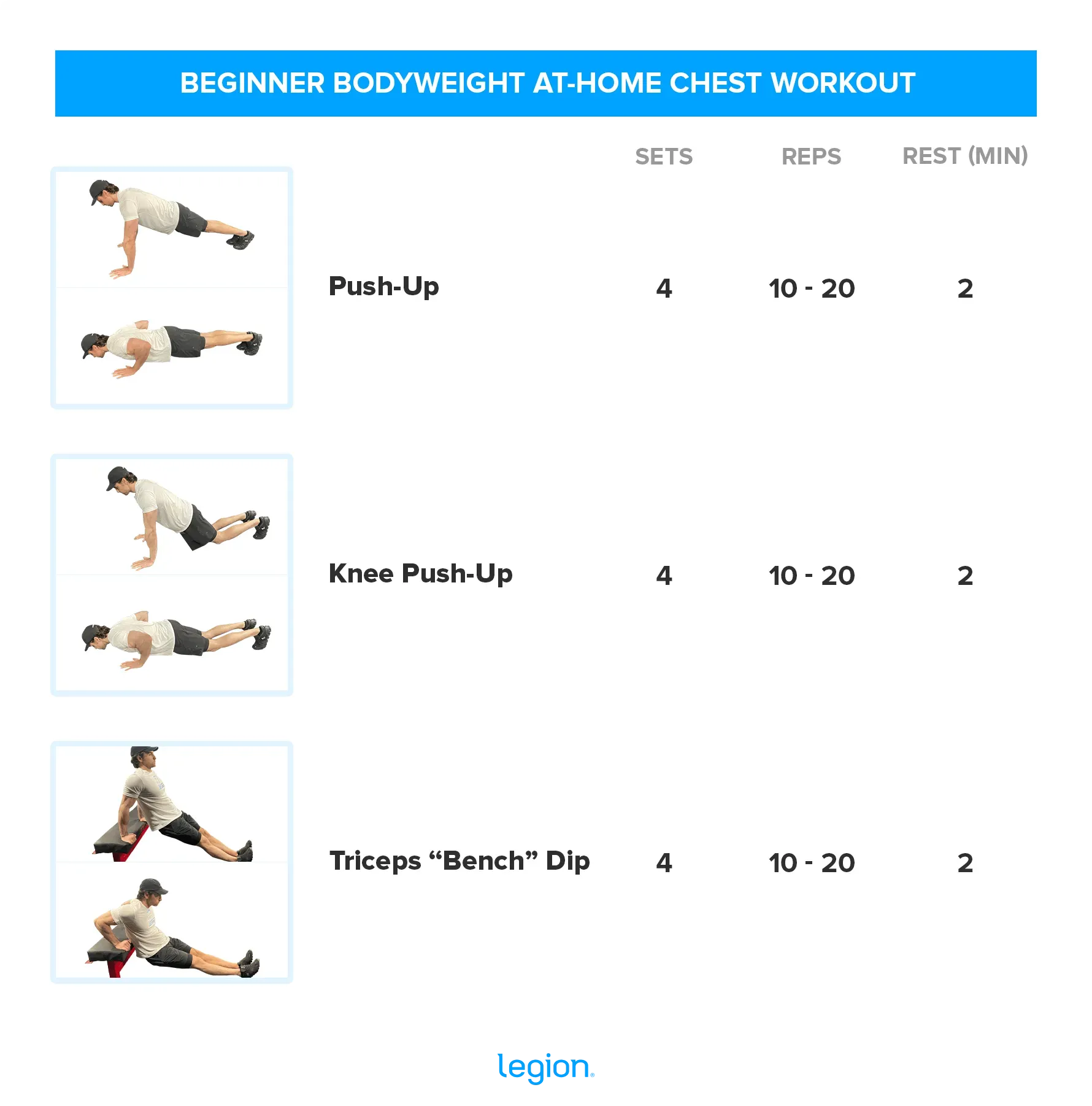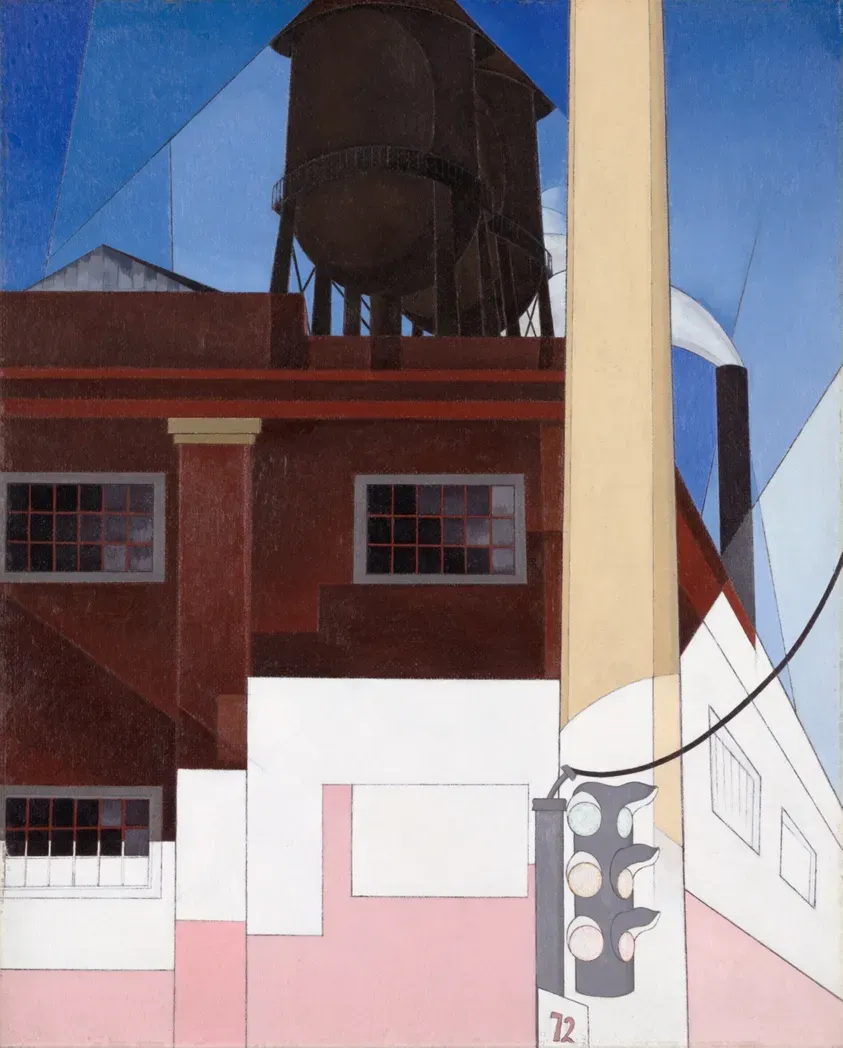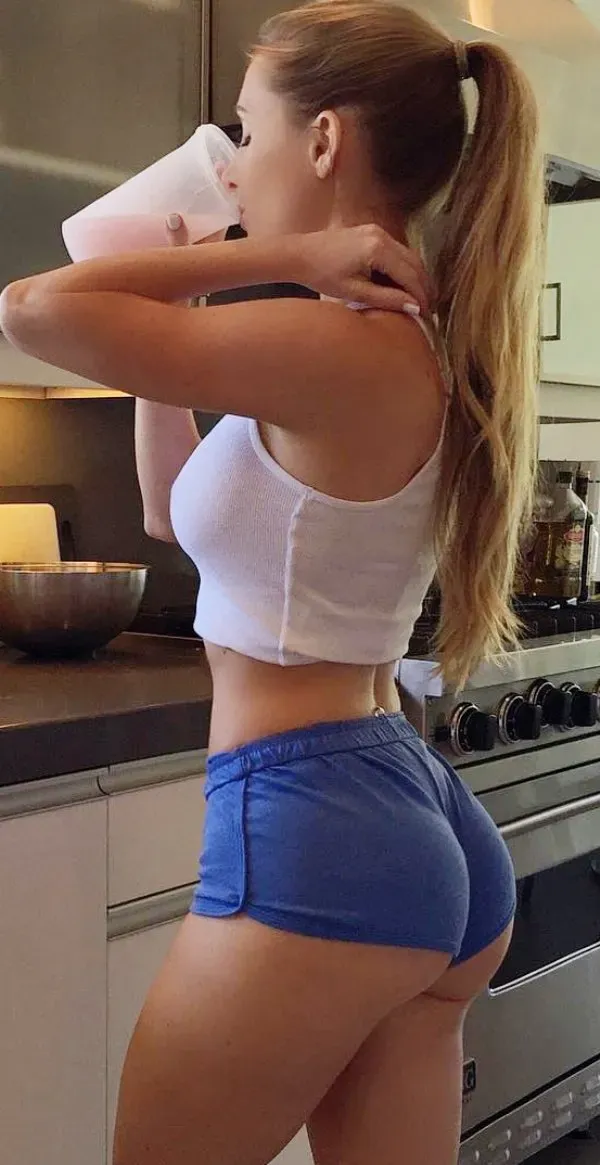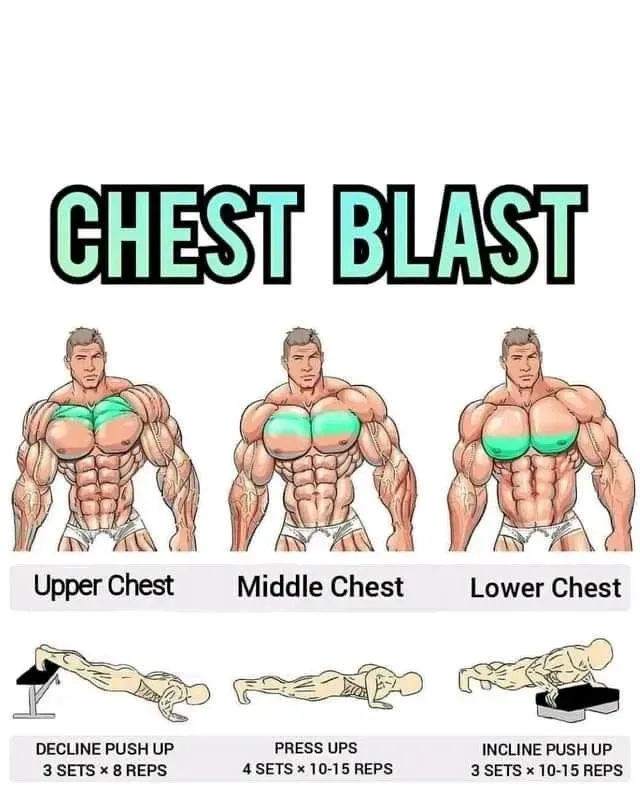Table of Contents
Scrolling through fitness feeds, you see those defined chests, the ones that seem to pop, especially from the side.
Why Your "Side Chest" Might Need Attention (and What That Means)

Why Your "Side Chest" Might Need Attention (and What That Means)
Chasing the Outer Sweep: Why People Fixate Here
Let's be honest, you see someone with a well-developed chest, and often what catches your eye is that clean line from the armpit sweeping down.
It creates the illusion of width and a sort of "shelf" that looks impressive under a t-shirt.
If your chest feels a bit flat or narrow from the front or side, you might naturally look at that outer area and think, " that's what I need to build."
It's an aesthetic goal, pure and simple.
People aren't usually talking about function when they mention the "side chest," they're talking about visual impact.
Anatomy Check: There's No Separate "Side Pec" Muscle
Here's where we need to pump the brakes a little on the idea of a dedicated "side chest workout."
Your pectoralis major is one large muscle, divided into the clavicular (upper) and sternal (middle/lower) heads.
It originates from your collarbone, sternum, and ribs and inserts onto your humerus (upper arm bone).
There isn't a distinct muscle bundle that you can target *only* for the "side."
When you perform chest exercises, the entire muscle works together to bring your arm across your body or push things away from you.
Thinking you can isolate the outer edge with specific movements is a bit like thinking you can isolate the outer part of your bicep.
So, when people talk about the "side chest," they usually mean:
- The outer portion of the pectoralis major muscle.
- The visual sweep and thickness near the armpit.
- Improving the overall width and definition of the chest.
- Addressing an area that visually appears underdeveloped compared to the rest of the chest.
Influencing the Appearance: Development, Not Isolation
Alright, so you can't isolate it, but that doesn't mean you're stuck with what you've got.
While you can't target a separate "side chest" muscle, you can definitely influence the overall development of your pectoralis major, which in turn improves the look of the outer sweep.
How?
By focusing on exercises that allow for a deep stretch and a strong contraction, you can stimulate muscle fibers throughout the entire pec.
Exercises that involve bringing your arms wide (like flies) or pushing with a wide grip can *feel* like they hit the outer area more because of the leverage and stretch involved, but they are still working the whole muscle.
Proper technique, range of motion, and consistent tension are the real drivers here, not some secret "side chest" exercise.
Maximizing Range and Tension for Your Side Chest Workout at Home

Maximizing Range and Tension for Your Side Chest Workout at Home
Go Deep or Go Home: Why Range of Motion Matters
If you're serious about seeing results from yourside chest workout at home, you can't just go through the motions. One of the biggest mistakes people make is cutting their range of motion short.
Think about a push-up. If you just lower halfway, you're leaving a ton of potential gains on the table.
Getting a full stretch at the bottom of a movement like a push-up or a dumbbell fly (even on the floor) stretches those pectoral fibers.
This deep stretch signals the muscle to grow and helps improve flexibility around the shoulder joint, which is surprisingly important for chest development.
Skimping on range is like ordering a pizza and only eating the crust – you're missing the best part.
Tension is the Secret Sauce: Keeping Your Pecs Engaged
Range of motion is one piece of the puzzle; maintaining tension is the other.
It's not enough to just move your arms; you need to actively *feel* your chest muscles working throughout the entire exercise.
At the top of a push-up or press, really squeeze your pecs together as if you're trying to crush something between them.
During the lowering phase, control the weight (or your body) slowly, resisting gravity.
Avoid bouncing or using momentum.
This constant engagement, known as time under tension, is what truly stimulates muscle growth and will make yourside chest workout at homefar more effective.
It's about quality contractions, not just racking up reps.
Here's a quick checklist for maximizing range and tension:
- Lower until you feel a good stretch in your chest (safely, of course).
- Control the movement on the way down.
- Actively squeeze your chest muscles at the top of each rep.
- Avoid using momentum; make the muscle do the work.
- Pause briefly at the bottom stretch and the top contraction.
Key Exercises for Your Side Chest Workout at Home

Key Exercises for Your Side Chest Workout at Home
Push-Ups: Your Foundation for a Home Chest
let's start with the absolute classic: the push-up.
You might think, "Yeah, I know how to do a push-up," but are you doing them in a way that really maximizes chest engagement, especially for that outer sweep?
For a goodside chest workout at homefeel, you want to focus on hand position and depth.
A slightly wider hand placement than shoulder-width can put a bit more emphasis on the outer part of the pecs, but don't go too wide or you'll trash your shoulders.
The real magic is lowering your chest all the way down, aiming to touch the floor (or get as close as possible) while keeping your elbows tucked slightly, not flared way out.
Think about getting a deep stretch at the bottom.
Pushing back up, focus on squeezing your chest together at the top.
If standard push-ups are too tough, drop to your knees.
Too easy? Elevate your feet on a sturdy chair or couch for a decline push-up, which hits the upper chest but still works the whole muscle, or try variations like deficit push-ups with your hands on elevated surfaces to increase the range of motion even further.
Dumbbell or Object Presses on the Floor
No bench? No problem.
Floor presses are fantastic and often safer for shoulders than bench presses for some people.
Grab a pair of dumbbells, heavy books, or even full water jugs – whatever gives you resistance.
Lie on your back with your knees bent and feet flat on the floor.
Hold your weights at your chest, then press them straight up.
The floor naturally limits your range of motion at the bottom, but you can still get a great contraction at the top.
To add a bit more of that "outer" feel and increase time under tension for yourside chest workout at home, try a variation like a floor fly press.
Start with the weights together above your chest, lower them out to the sides in a fly motion until your triceps lightly touch the floor, then press them back up, squeezing your chest.
It’s a hybrid move that combines the stretch of a fly with the pressing power.
Here are a couple of exercises to mix and match:
- Standard Push-Ups (wide hands, deep range)
- Knee Push-Ups (scaled option)
- Decline Push-Ups (feet elevated)
- Dumbbell/Object Floor Press
- Dumbbell/Object Floor Fly Press
Resistance Band Chest Presses and Flies
Resistance bands are incredibly versatile for aside chest workout at home.
They provide accommodating resistance, meaning the tension increases as you extend the band, which can lead to a killer peak contraction.
Anchor a band securely around something sturdy at chest height (a table leg, a door anchor). Facing away from the anchor point, grab the handles and perform chest presses, just like a standing cable press.
You can bring your hands together at the top for an extra squeeze.
For flies, stand facing away from the anchor with a handle in each hand.
With a slight bend in your elbows, bring your hands together in front of your chest, really focusing on squeezing the pecs.
The angle and the increasing tension as your hands come together mimic the feeling of a cable crossover, hitting that inner and outer sweep effectively.
Experiment with anchor height and your distance from the anchor to change the angle and resistance curve.
Building Your Own Side Chest Workout at Home Routine

Building Your Own Side Chest Workout at Home Routine
Picking Your Weapons: Exercises and Structure
so you've got the basics down – range of motion, tension, and a few key moves like push-ups and floor presses.
Now, how do you put it all together into an actualside chest workout at homethat makes sense?
Think of it like building a playlist; you need a good mix.
You don't need ten different exercises; two or three solid ones are plenty to start.
A good structure might involve a compound movement first (like push-ups or floor presses), followed by something that allows for a deeper stretch or different angle (like floor fly presses or resistance band flies if you have bands).
Warm up properly with some light arm circles and dynamic stretches before you jump into the heavy stuff.
Don't just flop onto the floor and start repping out push-ups; your shoulders will thank you.
Sets, Reps, and Making it Stick
For most people looking to build muscle at home, aiming for 3-4 sets per exercise works well.
Rep ranges are a bit more flexible, but generally, anything from 8 to 15 reps per set is a good target.
Pick a variation or implement that challenges you within that rep range while maintaining good form.
If you can easily do 20 push-ups, it's time to try a harder variation or add a pause at the bottom.
Consistency is king with anyside chest workout at home.
Aim to hit your chest muscles 2-3 times per week, allowing a day of rest in between for recovery.
Your muscles don't grow when you're working out; they grow when you're resting and recovering.
Progression is also key – you need to make it harder over time.
This could mean doing more reps, adding sets, using a tougher exercise variation, increasing the weight (if using objects), or slowing down the tempo to increase time under tension.
Don't just do the same workout week after week and expect different results; your body adapts pretty quickly.
Here's a sample structure for yourside chest workout at home:
- Warm-up (5-10 minutes: arm circles, light push-up variation)
- Exercise 1 (Compound): Elevated Push-Ups or Dumbbell Floor Press (3-4 sets of 8-12 reps)
- Exercise 2 (Stretch/Angle Focused): Dumbbell Floor Fly Press or Resistance Band Flies (3-4 sets of 10-15 reps)
- Cool-down (Optional: light stretching for chest and shoulders)
Seeing Results: Consistency, Progression, and Diet
Show Up and Step Up: The Power of Consistency and Progression
Look, you can do the bestside chest workout at homeever designed, but if you only do it when you feel like it, you're wasting your time.
Consistency is the bedrock of any physical change.
Your muscles don't grow from one killer session; they grow from repeated, challenging workouts over time.
Aim for those 2-3 chest workouts a week, even when you're tired or Netflix is calling.
Just showing up is half the battle.
The other half? Making it progressively harder.
Remember how your body adapts quickly? If you're still doing the same number of knee push-ups you did on day one after a month, your progress will stall faster than a cheap car on a steep hill.
You need to apply progressive overload.
This means adding reps, adding sets, slowing down the tempo, decreasing rest time, using a harder push-up variation, or adding resistance if you have it.
Track your workouts in a simple notebook or app.
Know what you did last time so you can try to beat it this time.
That constant challenge is what forces your muscles, including that outer chest area you're targeting, to adapt and grow stronger and more defined.
Abs Are Made in the Kitchen, and So Is Visible Chest Definition
You can build a decent amount of muscle with a solidside chest workout at homeand consistent progression.
But here's the cold, hard truth: if there's a layer of body fat covering your chest, you won't see the definition you're working so hard for.
Diet plays a massive role in whether your muscle gains are visible.
You can have impressively developed pecs under there, but they'll remain hidden unless you manage your body fat percentage.
This doesn't mean starving yourself; it means eating smart.
Focus on protein to help repair and build muscle (think lean meats, fish, eggs, dairy, beans, lentils).
Include plenty of vegetables and fruits for vitamins and fiber.
Choose complex carbohydrates over simple sugars for sustained energy.
Hydrate properly.
If your goal is to see definition, you likely need to be in a slight calorie deficit, meaning you're consuming slightly fewer calories than you burn.
There's no magic food for the "side chest," just good overall nutrition that supports muscle growth and fat loss.
To really see your chest definition improve:
- Train your chest 2-3 times per week consistently.
- Apply progressive overload to your workouts (more reps, sets, harder variations).
- Eat enough protein to support muscle repair and growth.
- Manage your overall calorie intake to reduce body fat.
- Prioritize sleep and recovery; muscles grow when resting.
Making Your Side Chest Efforts Pay Off
So, we've covered that the "side chest" isn't some secret muscle you unlock with one weird trick. Building definition along the outer pec line comes down to smart training – specifically, maximizing range of motion and tension in your chest exercises, even when doing a side chest workout at home. It requires consistent effort, paying attention to your form, and progressively challenging yourself. Remember, you can do all the push-ups and flies in the world, but if you're not eating right, that hard-earned muscle might stay hidden. Stick to the plan, focus on the process, and understand that visible results take time and discipline.
